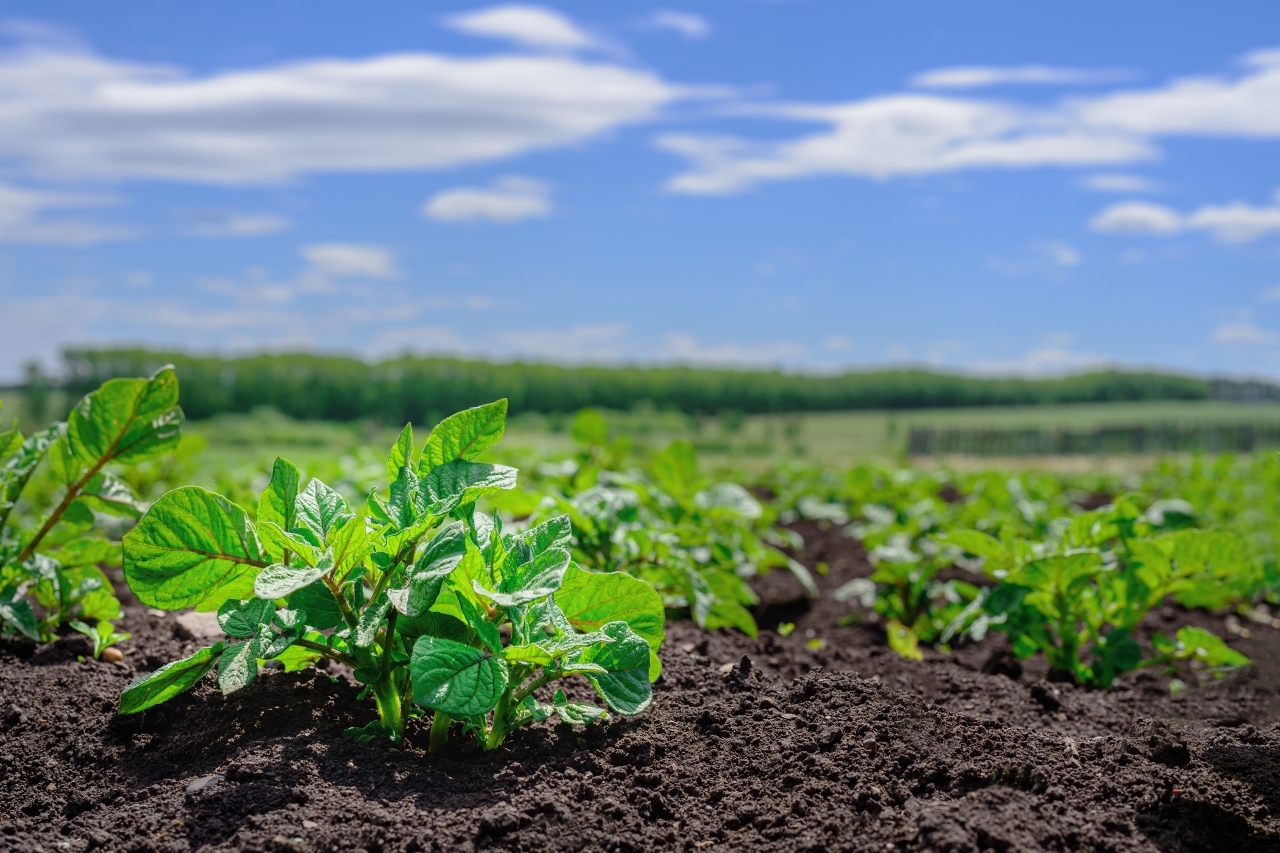Registration applications of novel fertilizers processed using minimal technological inputs and with no significant improvement in efficacy are unlikely to be approved;
China’s fertilizer registration expert committee is cautious about approving registration applications for fertilizers made using industrial waste;
Biodegraded organics fertilizer should be reviewed using standardized procedures and technical requirements;
Potash products with low value to agricultural production are unlikely to obtain the registration;
Six fertilizer associated standards have come into force since 1st Jun 2014;
Recently, officials from the NCSTCF (National Center for Supervision and Testing of Chemical Fertilizer) have explained the recent policy trend in fertilizer registration and analyzed the most common, major data deficiencies encountered during registration application review.
At present, there are over 2000 manufacturers of novel fertilizer in China, which accounted for about one quarter of the total fertilizer producers. The investment in this emerging market was about 50 billion Yuan. From a regulatory perspective this sector is not easy to enter. China implemented stringent control on registration certification and fertilizer labeling. The novel fertilizers are characterized by diverse origins and new production technology and distinct from traditional element fertilizer and compound fertilizers. China has not yet established the supporting technical guidance and standard for each type of novel fertilizer, which has made the registration review and market supervision very unpredictable and difficult. From a scientific and safety perspective registration application of novel fertilizer are rejected in the following five situations:
If the raw material of the fertilizer poses potential risks or further study on efficacy is still required;
If the product was produced by mixing ordinary fertilizers through very simple processes and shows no significant improvement in terms of product efficacy and/or unstable quality index;
If the water-soluble organic fertilizer was processed by simply mixing the raw material together without any other processing;
If there is no accepted testing standard to evaluation the quality of the product or the method provided by the applicant is not applicable to determine the quality of the product;
Other exceptional cases as defined by the expert committee;
The authority will not accept application of novel fertilizer made of industrial waste such as fly ash or slag. These wastes are usually processed through grinding, directly utilized, or selectively added with other traditional fertilizer: ammonium dihydrogen phosphate, ammonium sulfate, magnesium sulfate and ferrous sulfate etc. There is no assessment report to ascertain the adverse environmental impact or potential health impacts associated with the use of waste generated fertilizers. The Expert Committee for fertilizer registration is very cautious about these products, majorly due to safety, applicability and commercialization considerations. Imported organic degradation products are not allowed to be registered. China has not yet imported any organic fertilizer from other countries but granted registration to certain seaweed extracted products and amino-acid, humic-acid product, all reviewed under standardized procedures and technical requirements. For safety consideration, if the raw material of the product was biodegraded from organics, a scientific evaluation on the raw material and technology should be conducted. If the technical characteristic of the product is not specific enough or the product has a low nutrient content, the product will also not be approved. Furthermore if granulated water-soluble micronutrient fertilizer is mainly utilized as raw material for the production of the fertilizer the registration application will be rejected by the Committee. It is worth noting that selenium level will not be labeled on the registration certificate.
With potassium becoming a scarce resource in China, the potash industry has attracted a lot of attention and investment. Potash soluble and insoluble fractions both pose serious adverse effects on agricultural production, human health and environment especially if the potash is not properly processed. If the potassium level in the soluble potash is very low, the content of sodium chloride is very high, which will result in soil hardening. The production of insoluble potash is usually a byproduct of processing natural ores and can often result in heavy metal soil contamination. Thus, registration management on potash is of major importance in China’s battle with soil pollution.
During potash registration application assessment the expert committee will assess the efficiency of resource utilization and energy consumption, impact of the byproduct, safety risks and effects on agricultural production. If the potash was merely mixed from the raw materials without significant processing inputs and is of low value to agricultural production, it is not likely to obtain the approval. According to Wang Xu executive director of the NCSTCF “We do need some well-developed product and the product should be utilized without any side effect. But we do not expect the resource- consuming producers to be ubiquitous everywhere. Otherwise, the problematic fertilizer would bring risk to the market and agriculture.”
Sulphate-potassium magnesium fertilizer formulations have been rapidly developed in Xinjiang and Qinghai. Mr. Wang revealed that the quality administration authority will coordinate other efforts to conduct necessary test on these product as this sector is still very new to China.
To increase the content of potassium, some producers are developing potassium feldspar products by adding dolomite, limestone and other nutrient elements. In fact, some of the products contain less than 4% free potassium, which is lower than the minimum regulatory requirements of the quality standard. Some potassium feldspar fertilizers have a soluble potassium concentration of 6%, but these products are still inadequate due to slow release of potassium. According to Mr. Wang “The producer should not only focus on the benefit of new technology while ignore the negative impact. They should be rigorous and cautious about the advert effect of their products. The only thing that the quality authority can do is to collect enough data, which would be supportive for the risk assessment and the final decision on each product.”
Recently, the Ministry of Finance is also in discussion with the GAC General Administration of Customs) and the SAT (State Administration of Taxation) to reinstate the VAT on fertilizer. Six fertilizer associated standards have come into force since 1st Jun 2014.
NY/T2540-2014 Determination of Potassium content in Fertilizer;
NY/T2541-2014 Determination of Phosphorus content in Fertilizer;
NY/T2542-2014 Determination of Total Nitrogen content in Fertilizer;
NY/T2543-2014 Efficacy Test and Criterions of Fertilizer synergist;
NY/T2544-2014 General Requirement on Efficacy test and Criterions of Fertilizer;
NY/T1116-2014 Determination of Nitrate Nitrogen, Ammonium Nitrogen and Amide Nitrogen in Fertilizer;




